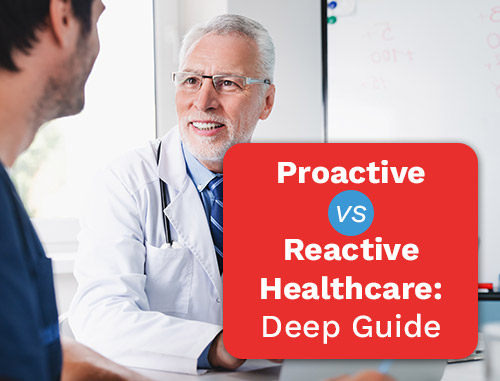Five Social Media Statistics That Could Change Your Medical and Dental Marketing Strategy
Posted onIf you’re running healthcare practice advertising or marketing campaigns on social media, you may find some of these statistics helpful. These recent social media figures might make you rethink how you approach your strategy.
1. 55 to 64 age group are top users
Are you focusing your posts on younger age groups? You could be missing an important demographic. According to jeffbullas.com, the 55 to 64 age group has increased 79 percent since 2012. And the 45 to 54 demographic is the fastest-growing on Google Plus and Facebook. Now you know, social media is not just for teenagers and millennials.

2. 189 million users access Facebook from a mobile device
There are more mobile users on Facebook than you thought. You might want to consider how your content is displayed when accessed by patients using their mobile devices. Think mobile websites and mobile apps to enhance your patients’ experience.

3. 25 percent of smartphone users aged 18 to 44 always have their phone with them
If 25 percent of these smartphone users, as reported by marketingprofs.com, are almost always connected online, you can pretty much reach them any time during their waking hours. This is where Mobile apps will become very useful.
4. YouTube reaches more adults than cable TV
A short video campaign on YouTube can help you reach more people, particularly in the 18 to 34 age group, than any cable network. With its wide user base, YouTube is a perfect platform for short, simple videos that introduce your practice’s services and real testimonials from your patients. Create a 60-90 seconds video, upload it on YouTube and also showcase it on your website’s homepage
5. Pay attention to LinkedIn
Two new members join LinkedIn every second!! This is a good platform to focus on for professional connections and referrals. From listings to blogs and healthcare discussion groups, LinkedIn is a good resource for people seeking and providing information about medical, dental or ancillary healthcare services. On the down side, LinkedIn has a lower active-user percentage than Facebook, Twitter, Google Plus and Pinterest. So if you are thinking about paying for ads, Facebook would be a much better bet than LinkedIn.
Social media has become a popular and growing platform for dental and medical practice marketing. But making it a part of an overall marketing strategy is a very important task that many forget to do. Click here if you are in need of a customized dental marketing strategy and plan for your practice.

 Reaching The Right Audience Through Target Marketi..
Reaching The Right Audience Through Target Marketi.. Key Elements Affecting Your Website’s Performanc..
Key Elements Affecting Your Website’s Performanc.. Proactive vs. Reactive Healthcare: Deep Guide
Proactive vs. Reactive Healthcare: Deep Guide